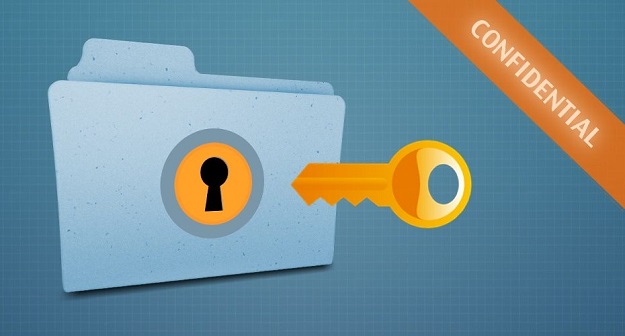Using passwords is one of the most common security measures used by people in the modern era. They are used to log in to devices, social media accounts, and most other online accounts that require users to be authenticated. They are even used to try and protect our private data from prying eyes. Unfortunately, the use of passwords is not as effective as most would think, especially not in protecting PDF documents that hold sensitive information.
Below we highlight some of the problems associated with the use of passwords in the protection of PDF files.
Setting up passwords is quite tricky and using them might prove even harder
Consider the last time you tried to set up a password. There were all these rules to factor in. You had to use at least eight characters which had to consist of capital letters, lowercase letters and symbols. The rules go on and on and make it very difficult to create a password that you can actually remember. This means that it is sometimes necessary to write it down somewhere and from this arises another problem.
Passwords can be very easy to steal
Let’s assume that you give your password for a PDF file to someone and that person writes it down somewhere. Someone else can then find the written version and use it to access your protected PDF. The same applies when you send your password via email or some other form of text. A third party can always easily obtain your user account information and use it to open your files.
Passwords can be shared easily
In addition to written down passwords being stolen, your passwords can also be handed over to anyone else without your consent. Think about it. Do you really have control over a password once you have given it to another user? The reality is that once you have disclosed the password, your PDF document is no longer safe.
How do you know how many people have the password?
With PDFs, if you use passwords, users can access your documents offline. So, there is no way of monitoring where the documents are being opened and how many people are opening them. Consequently, hundreds or thousands of people could be accessing your material and you would have no clue.
Password management may cause some unforeseen issues
If you create passwords which you need to distribute, consider how exactly you would pull that off without exposing yourself to risk. For starters, you need to maintain a list of passwords. And you may end up having to use different passwords for each user you give your protected PDF to. Also, if a person loses his or her password, how will you replace it? You need to consider this before you choose to use a password system.
Password vaults – do they work?
Various products claim that they can hold a list of your passwords under lock and key. While it is a pretty good idea to have a reference point for your passwords, the potential for catastrophe with such password vaults is pretty high. And, the moment the vault is breached by hackers, all your accounts will be open to attack. By that metric, it might not be the best idea.
Specialty programs can break password protections
Programs which can crack passwords have been around for quite some time and they are only getting more efficient. If you use a short password, such programs will break the password in seconds so users can hack into your documents rather quickly. So, it makes no difference whether you use such a password or not as the unwanted third party can still get access. Even longer and more complicated passwords can be hacked; the hackers just have to work a little harder (or wait a little longer) to do so.
It is easy to bypass the Adobe permissions password
People think they can impose restrictions on the use of PDF files. After all, the permissions password is there to ensure no one can alter the controls you put in. Yet, it is quite easy to bypass the permissions password once a person has the password that opens the document. Thereafter, the user can change the controls to suit his or her needs or remove them completely.
Conclusion
Having looked at all the flaws of using passwords for document security, you might be wondering what to use instead? A solution provides itself in the form of public key technology and licensing controls where keys can be transferred to authorized devices securely and transparently. Any good PDF DRM system will use this method. Looking into DRM, you may just be surprised at how efficient it is at protecting documents without the need to use passwords.

